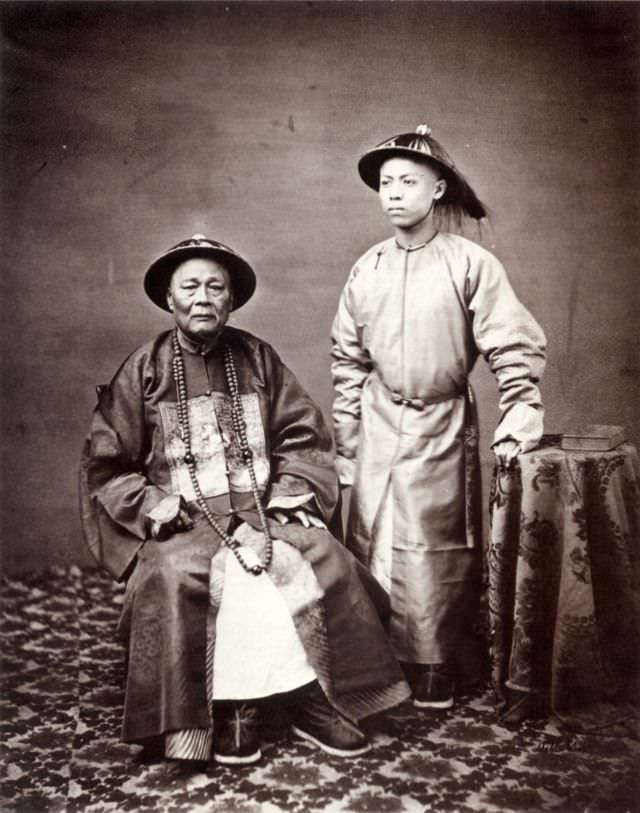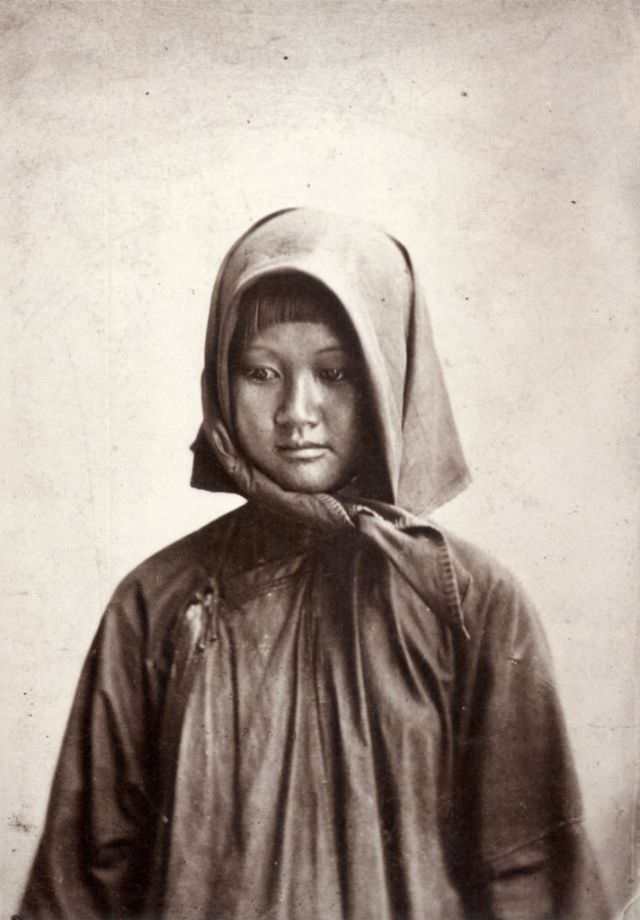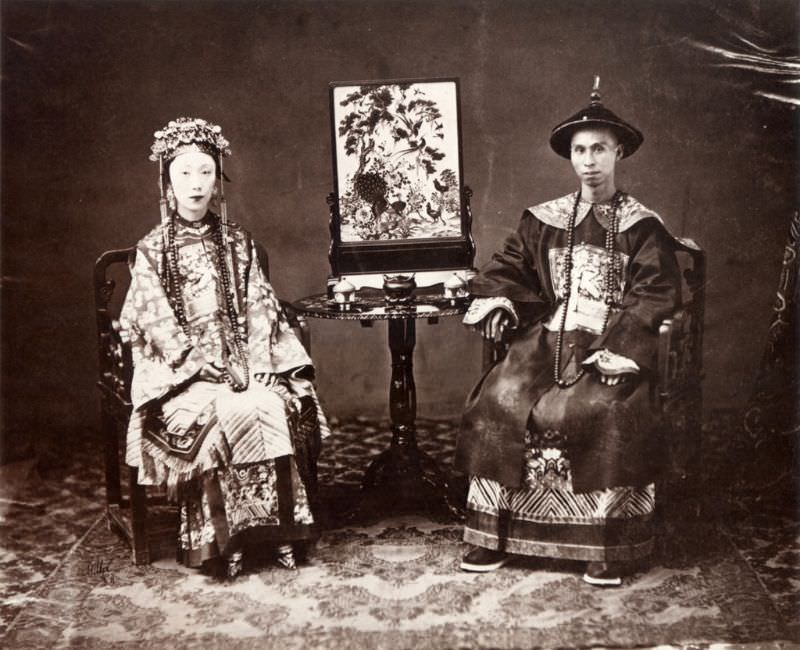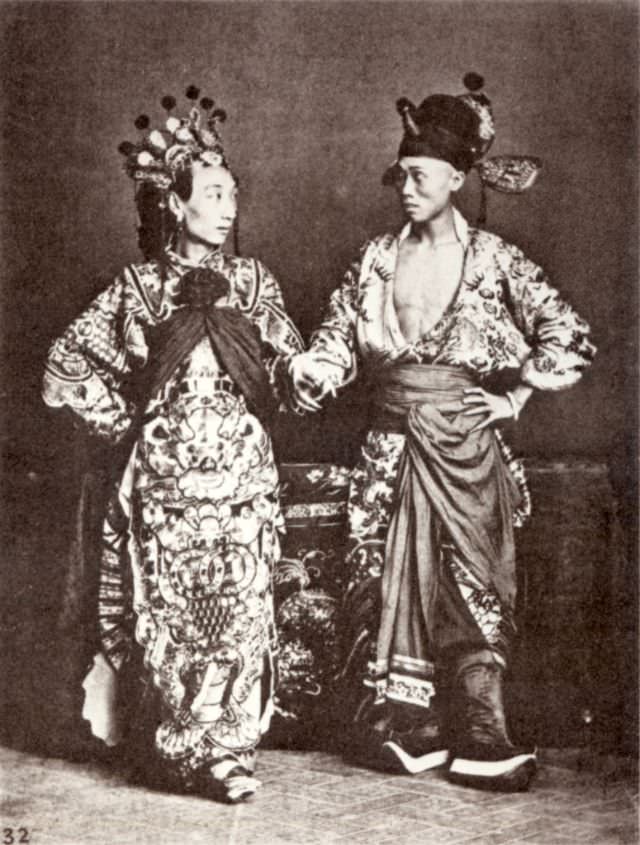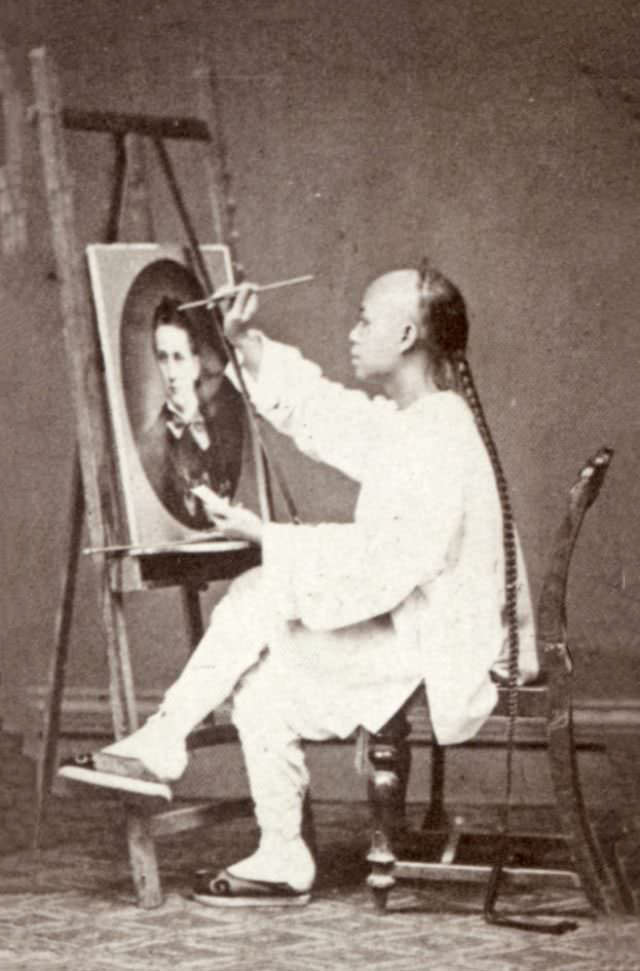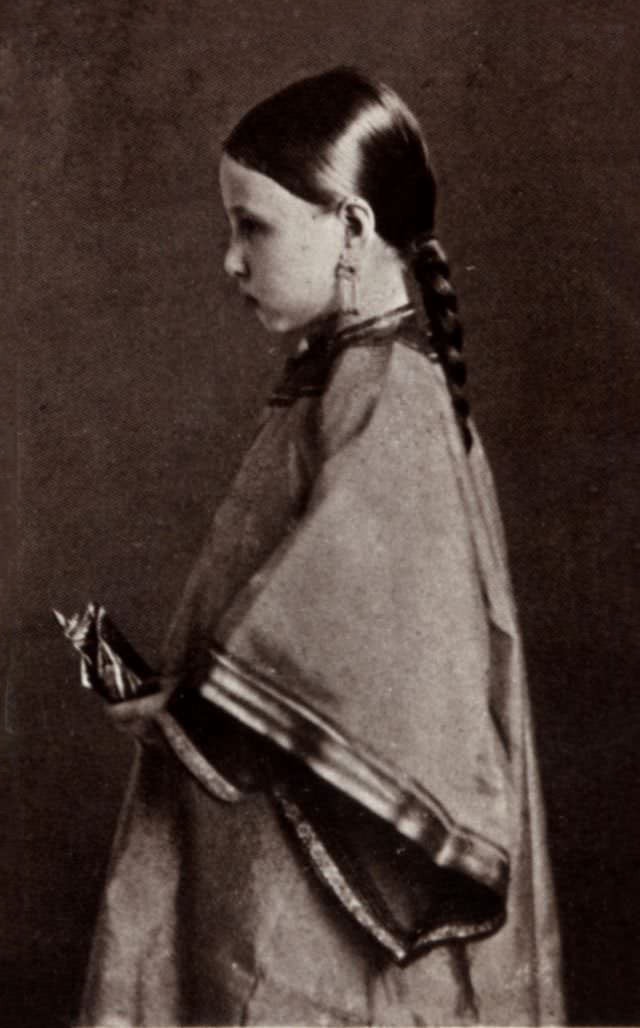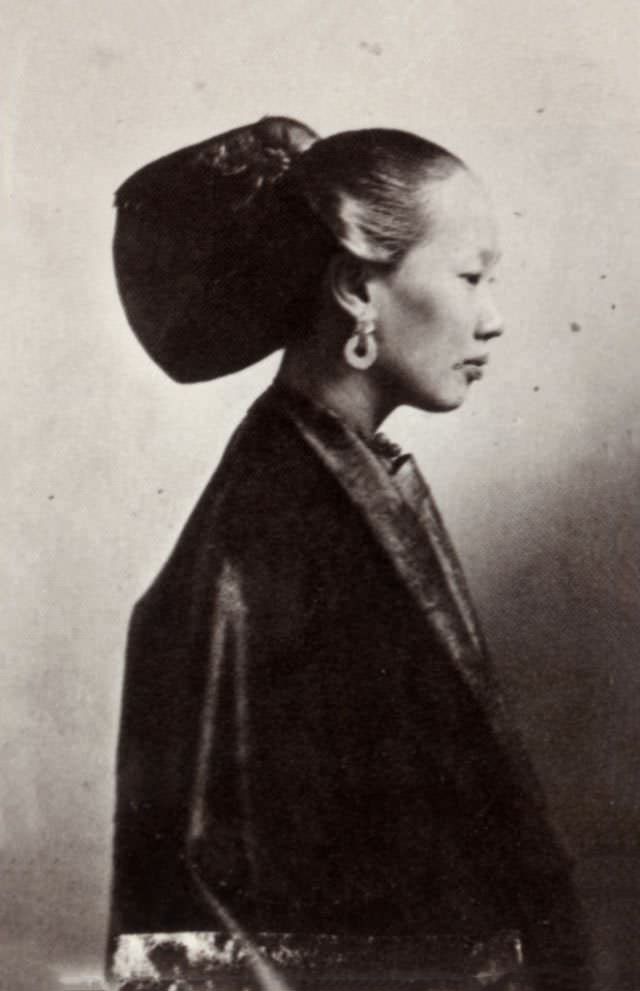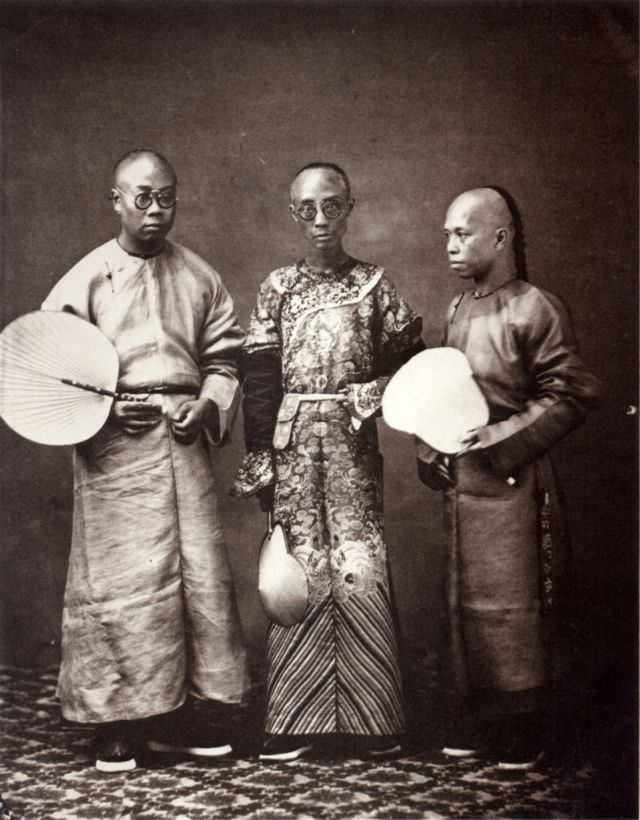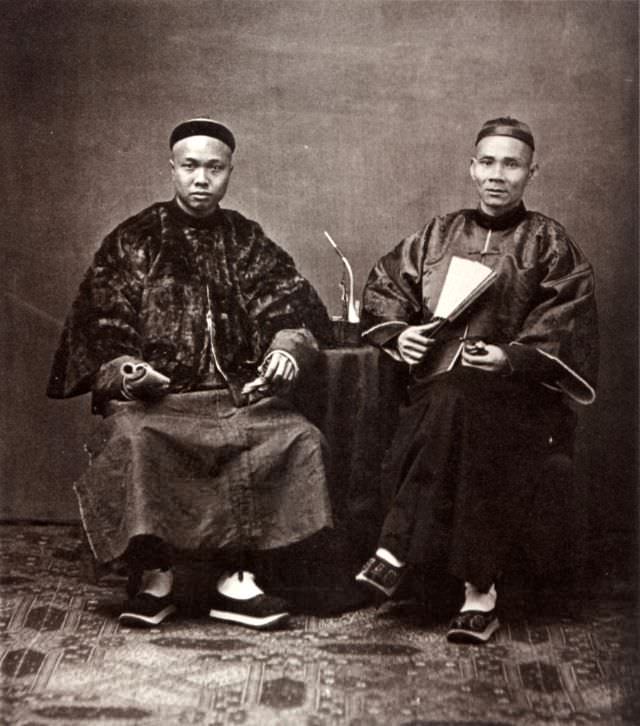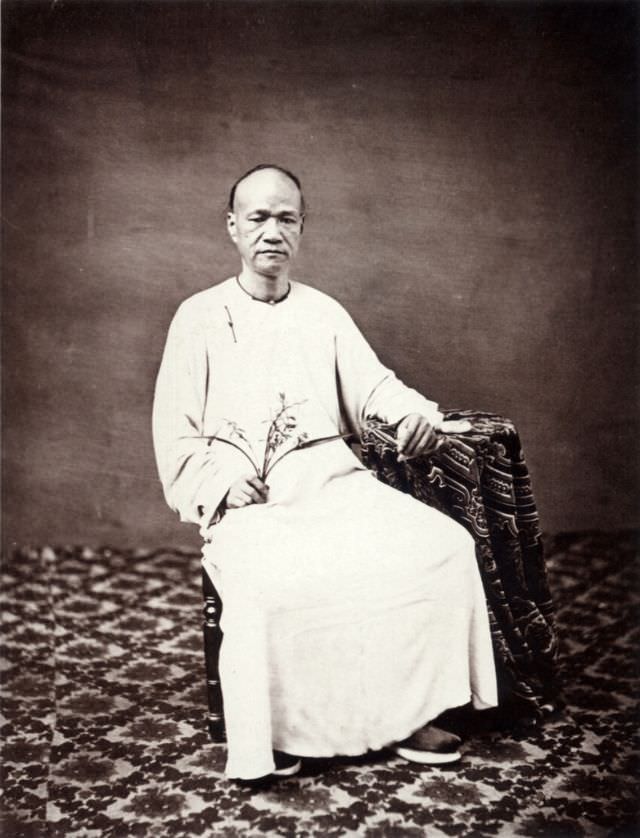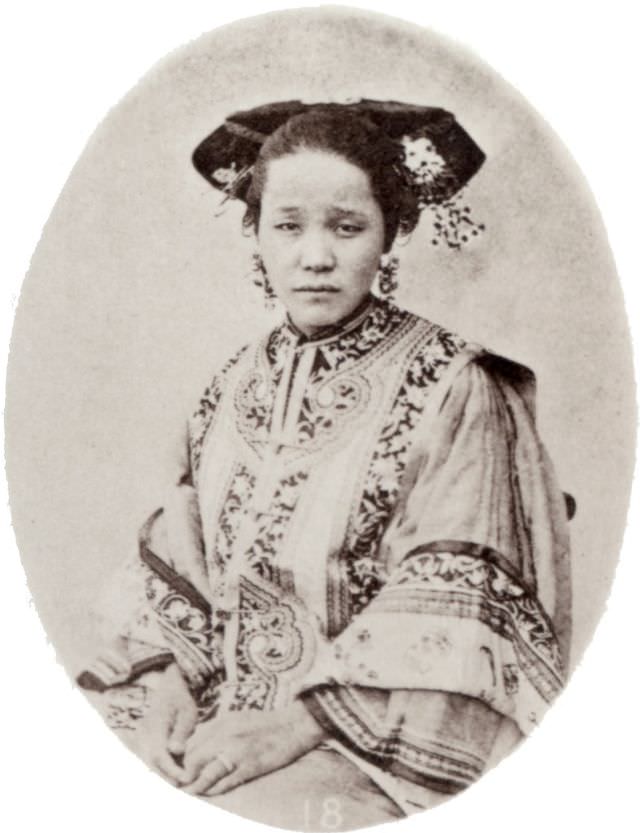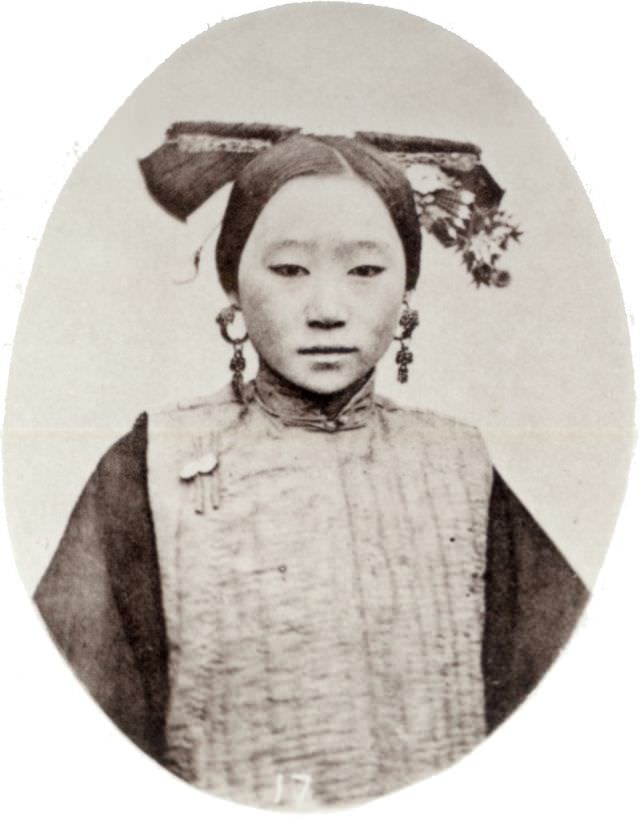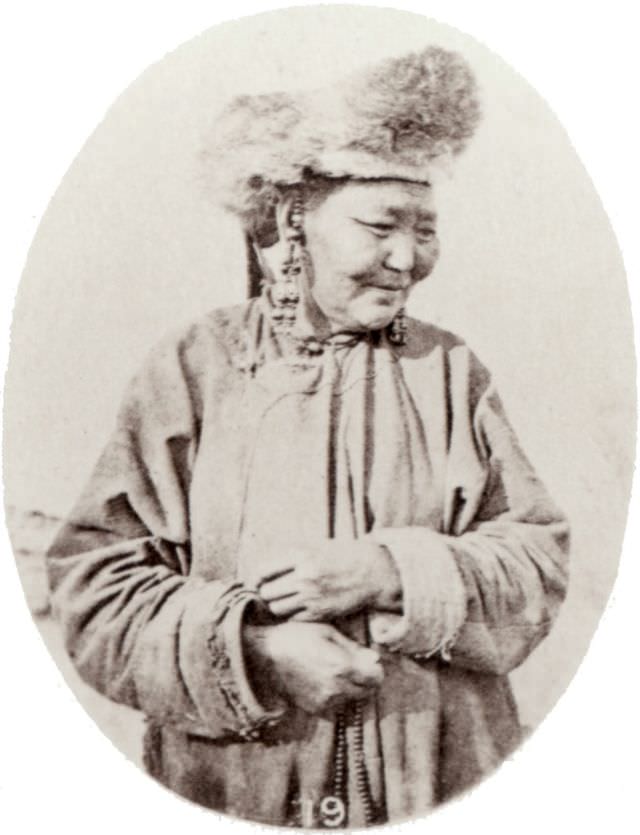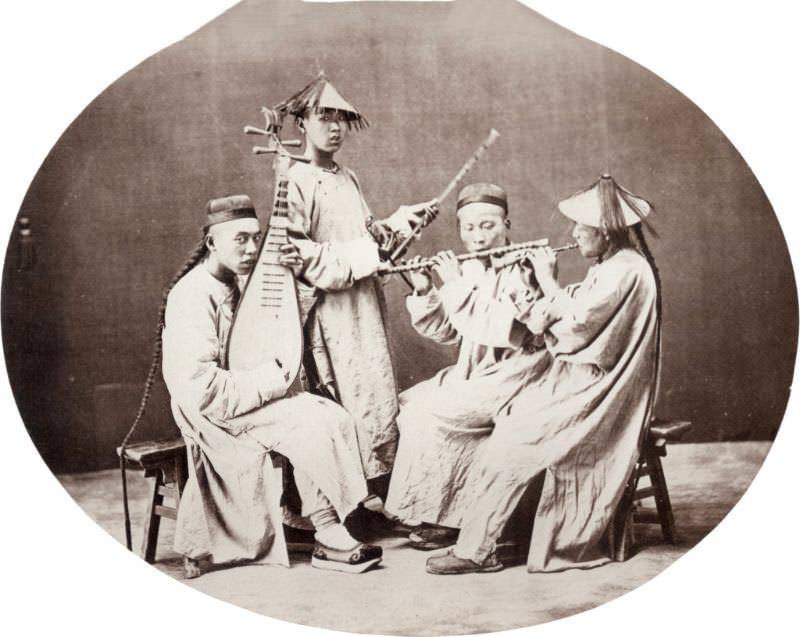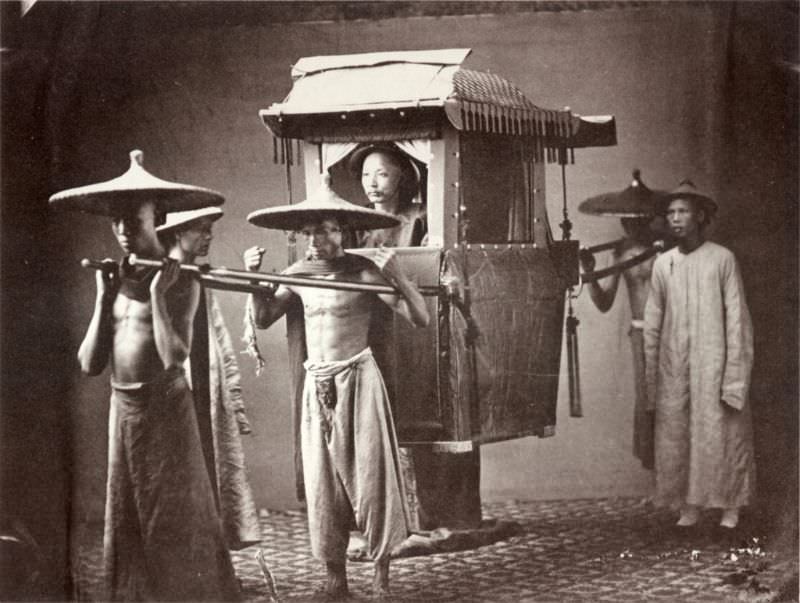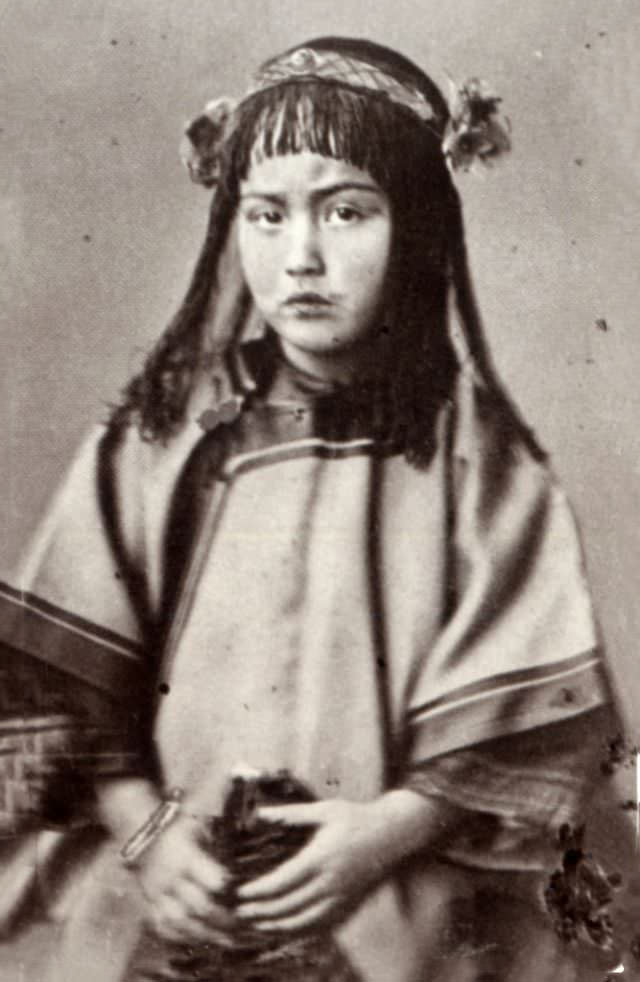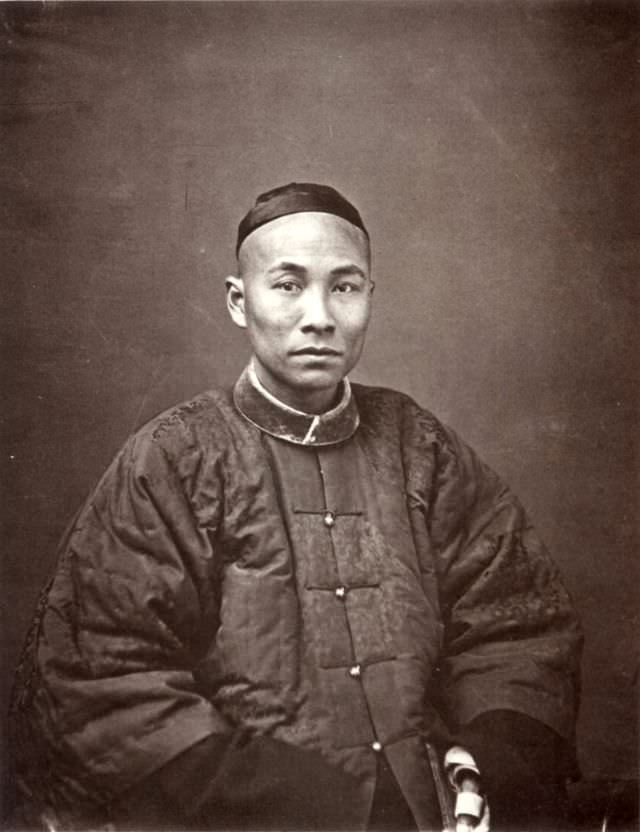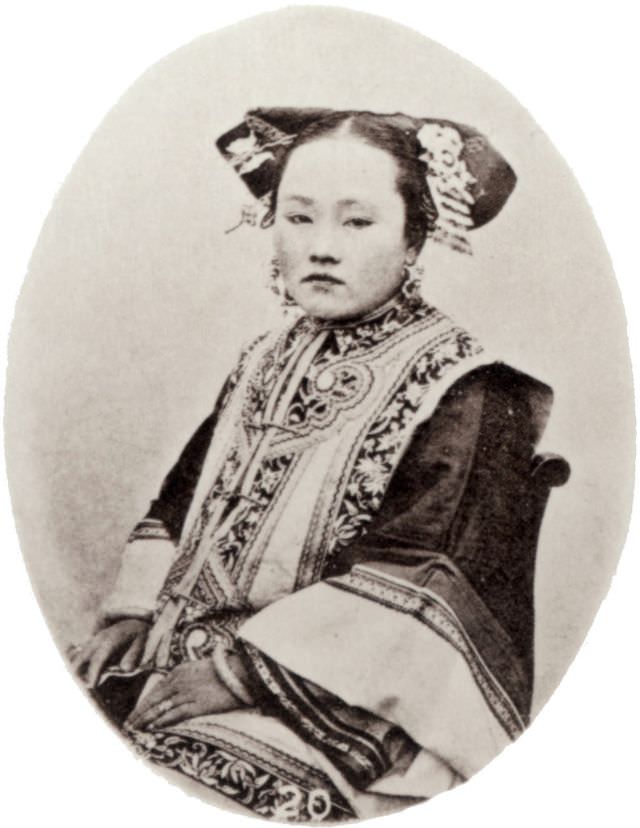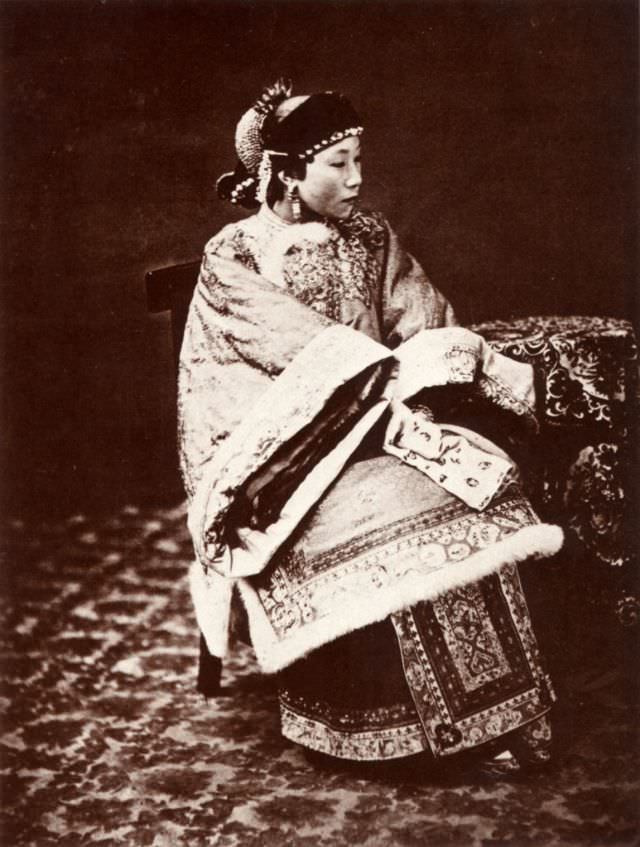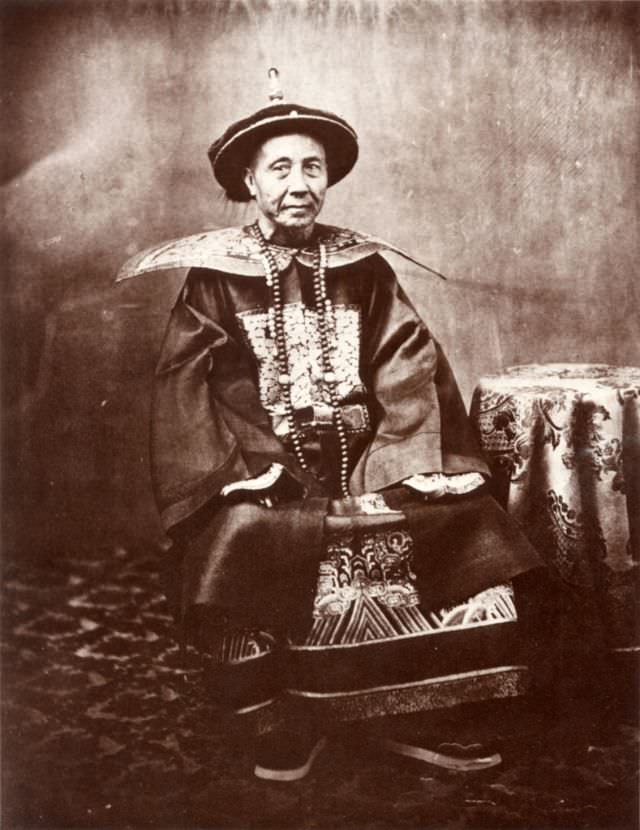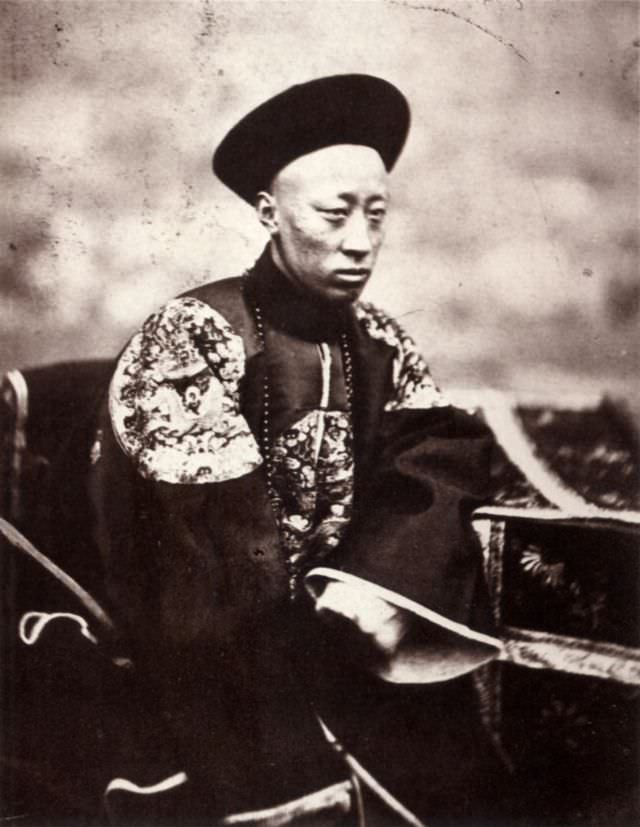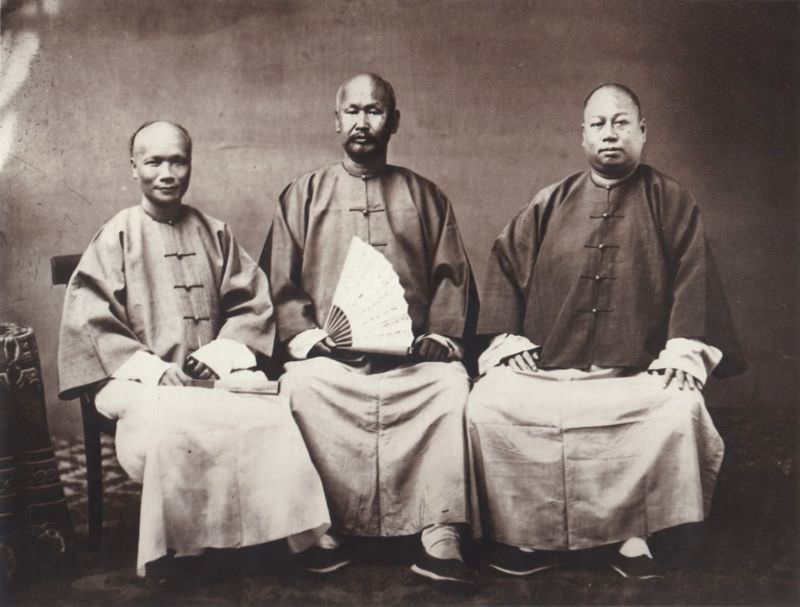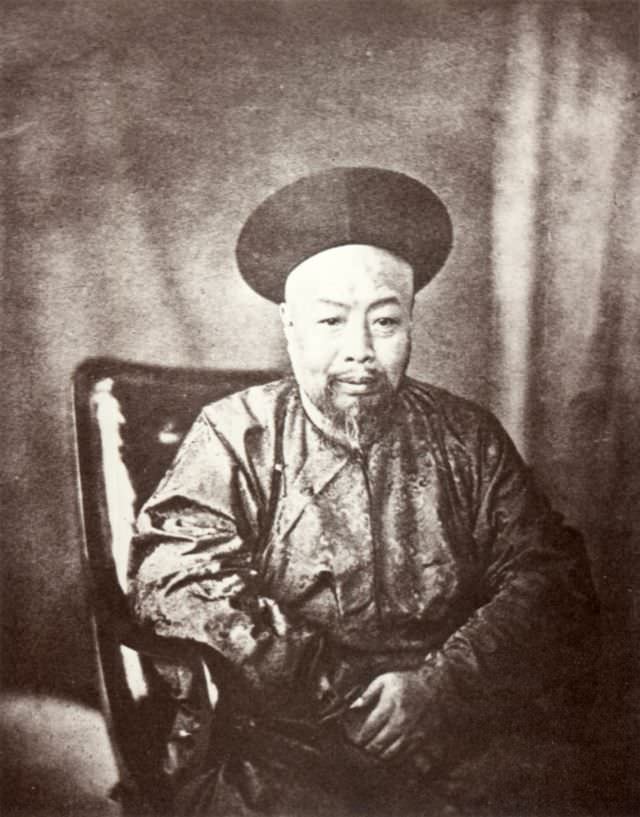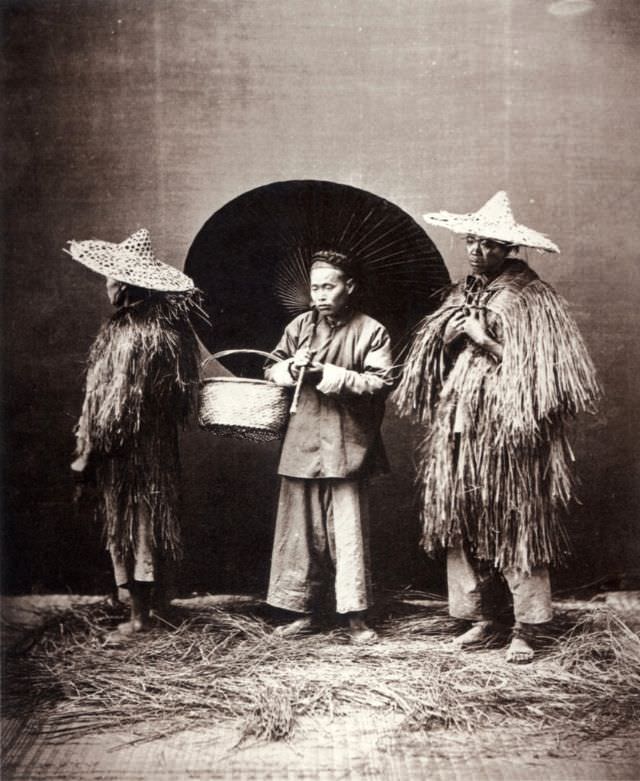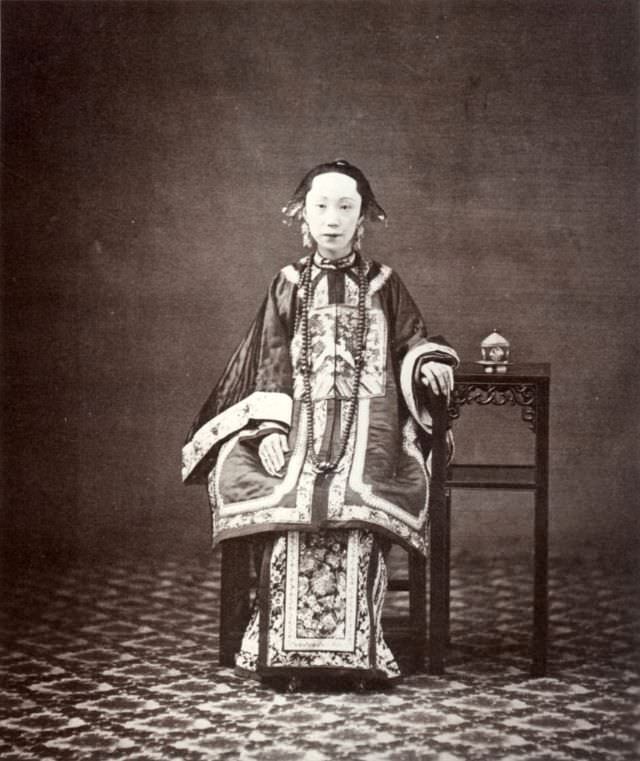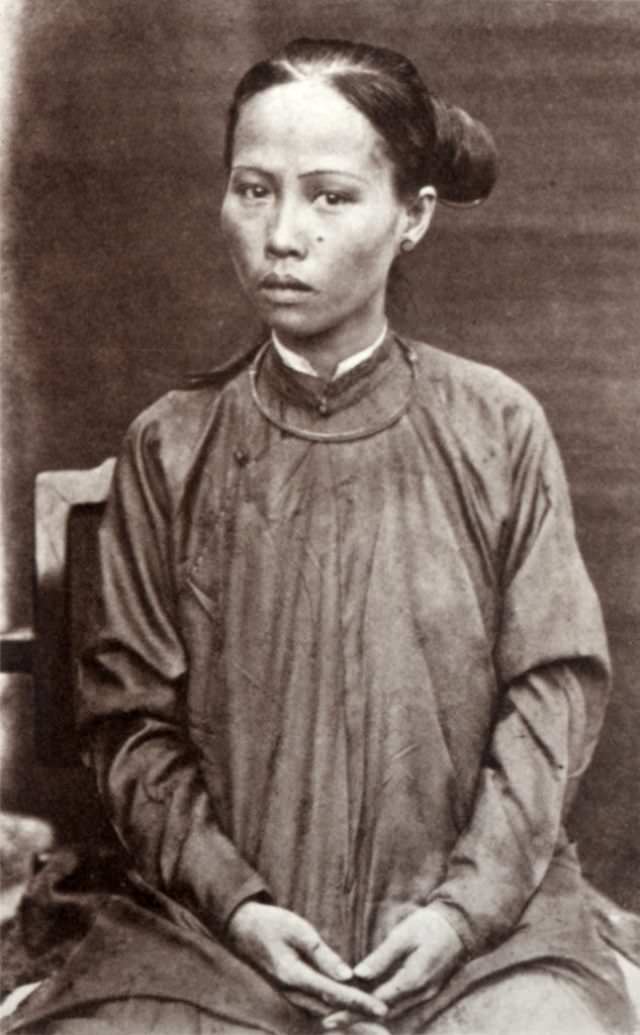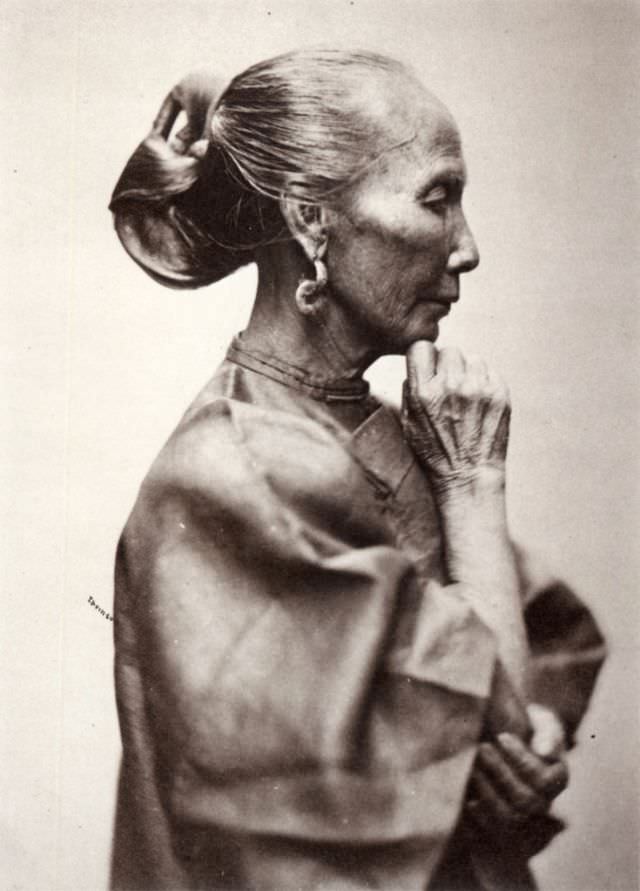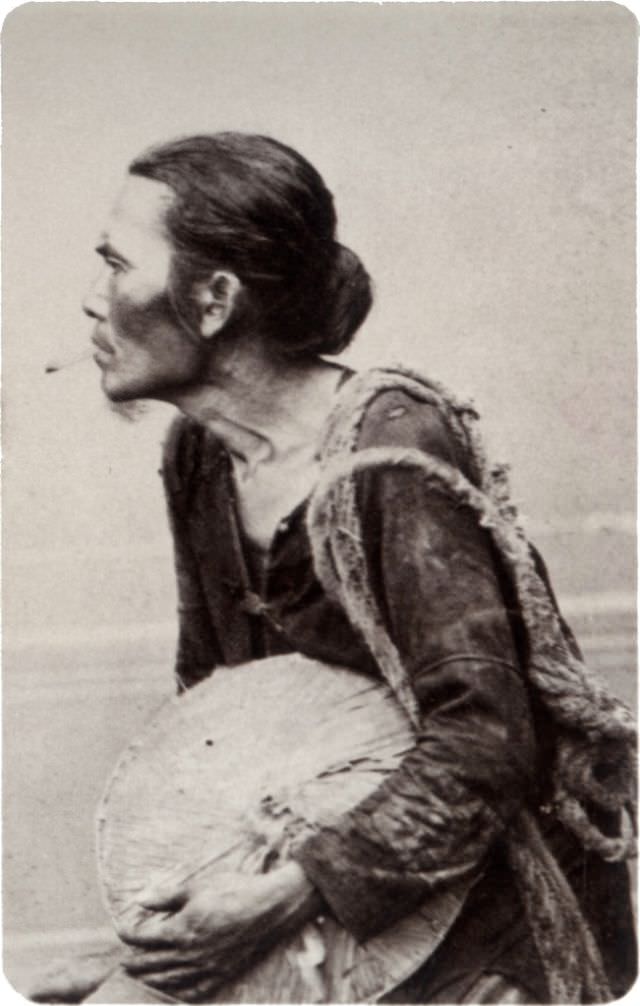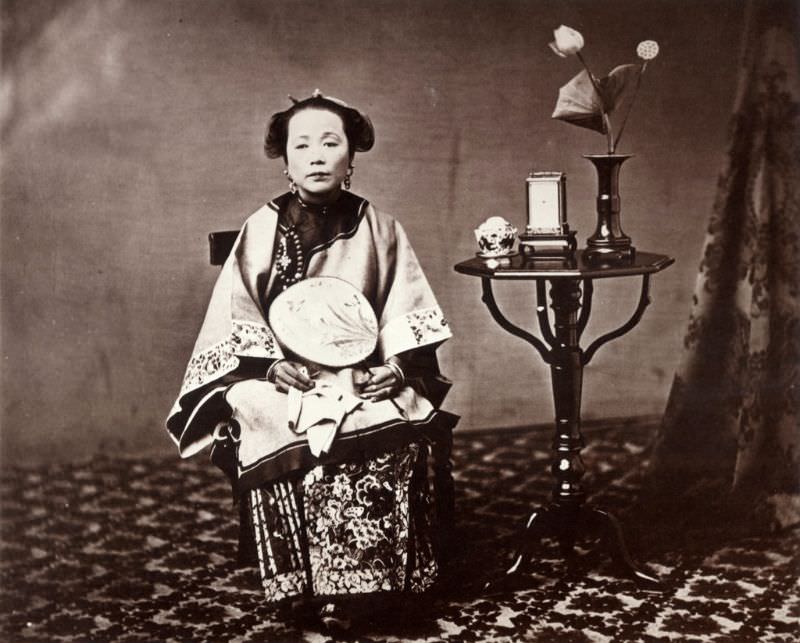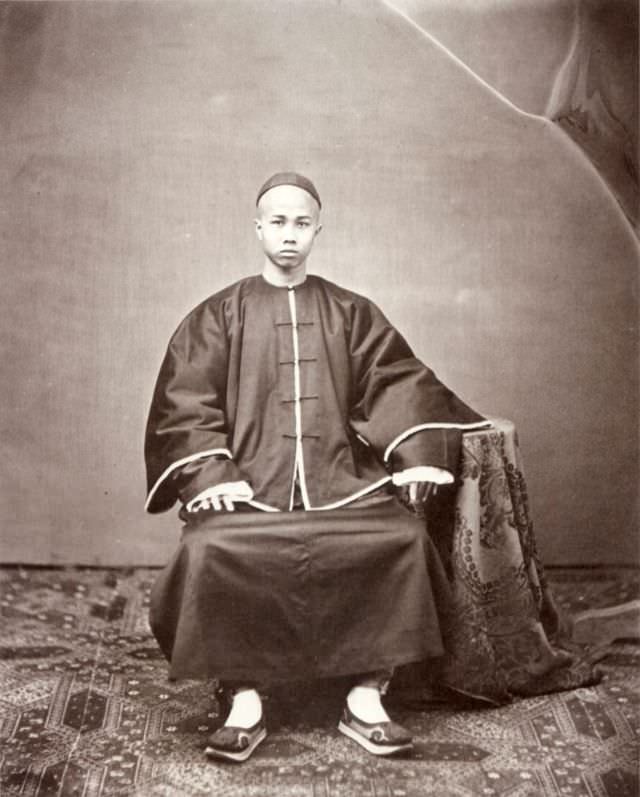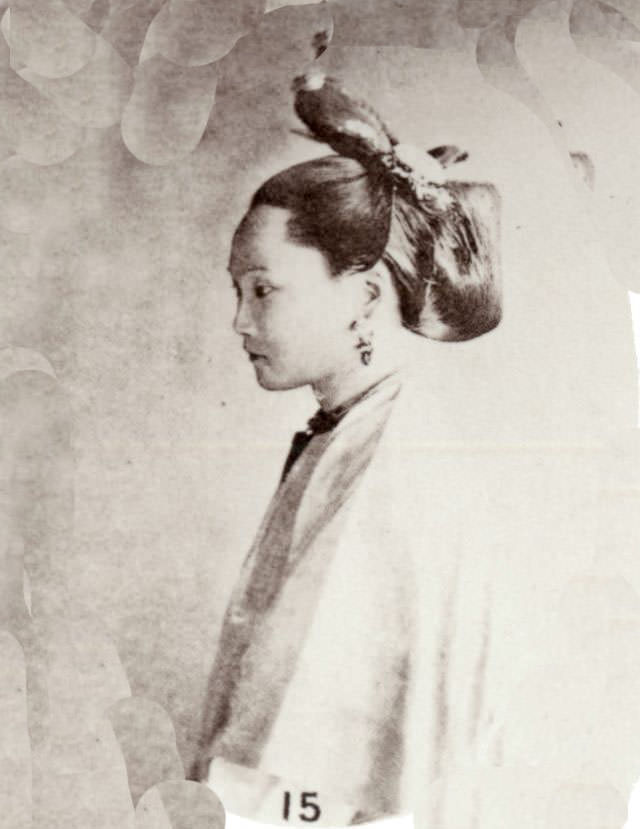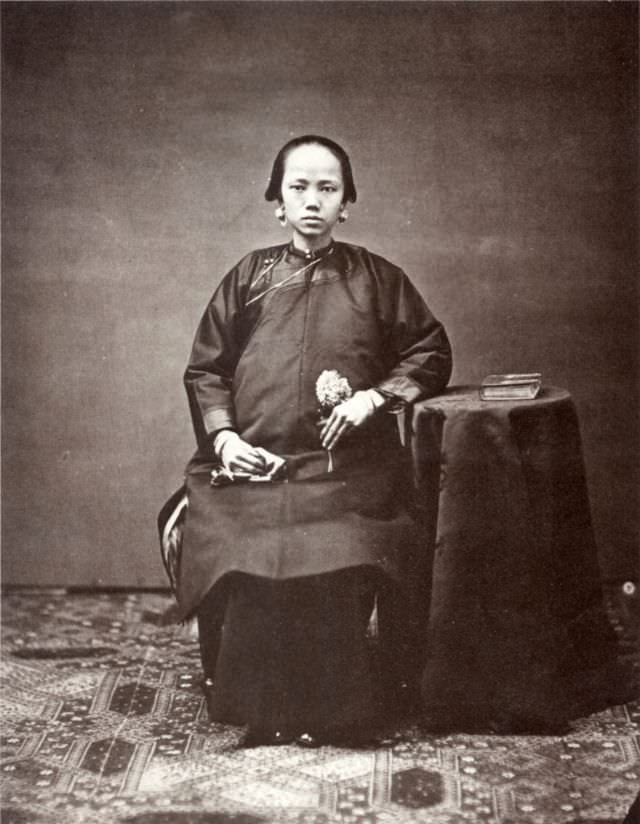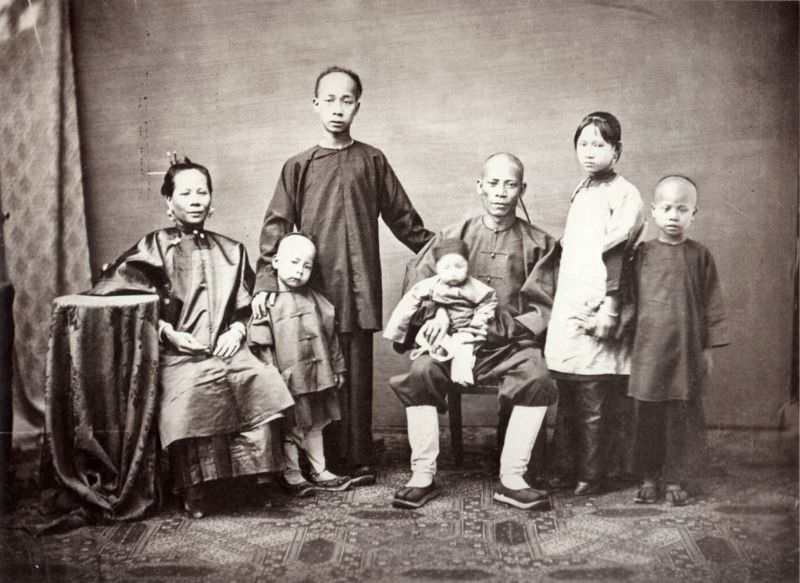Qing Dynasty was the last imperial dynasty in China, lasting from 1644 to 1912. It was a period marked by initial prosperity and tumultuous endings, and it was only the second time the Han people didn’t rule China. The Manchurian army defeated the Ming in 1616 and occupied several cities in China’s northern borderlands near the end of the Ming Dynasty. A full-scale invasion followed this. Emperor Shunzhi established the Qing Dynasty after defeating China in 1644. The new Han subjects were discriminated against. Han men were required to cut their hair according to Mongolian fashion or face execution. The intellectuals of the Han attempted to criticize the rulers through literature; many of them were put to death. The Han were also removed from Beijing’s power centers.
During the Qing reign, social mores became more conservative, and homosexuals were punished harsher. As women’s purity became increasingly important, men refused to accept widows as wives. As a result, the suicide rate among widows increased, and homes were created where widows had little contact with men. The conservative shift was also reflected in the arts, where subversive literature and stage plays were deemed offensive. Books were routinely banned, and theaters were closed.
China used opium medicinally for centuries, but it became famous as a recreational drug by the 18th century. The Opium War of 1840 was the first of several military confrontations between China and the western world during the 19th century. China and Great Britain fought each other for two years. China became inundated with opium after Britain conquered India. The Second Opium War, which lasted from 1856 to 1860, brought more unequal agreements.
The Qing Dynasty fell in 1911, overthrown by the Revive China Society, established in Hawaii in 1894 by Western-educated revolutionary Sun Zhongshan before moving to Hong Kong.
Here are some historical photos of Chinese people in the 1860s from the Qing Dynasty.


